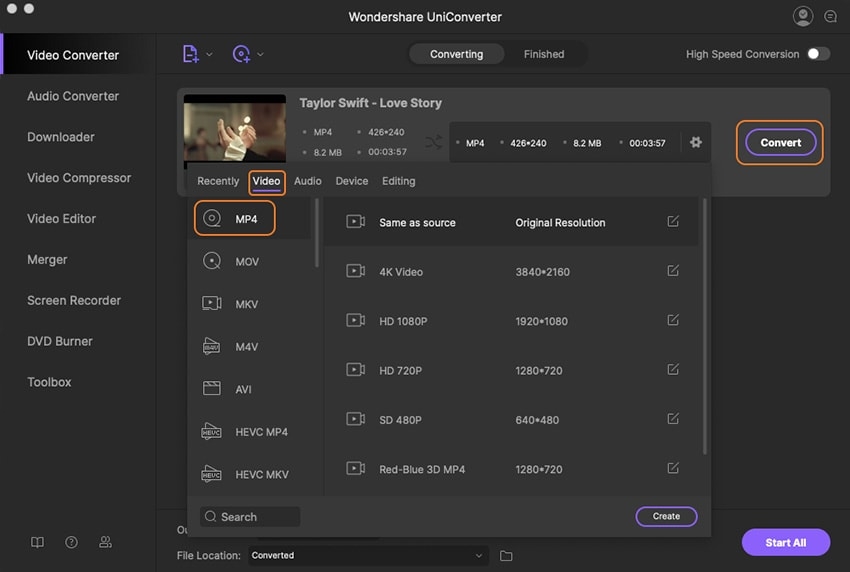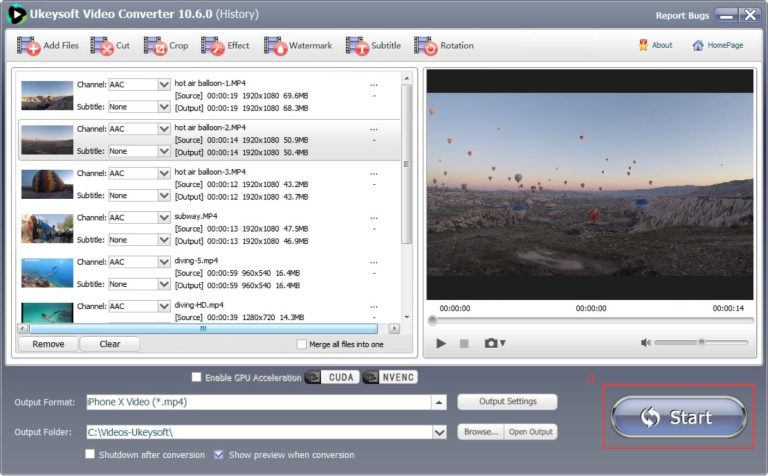What Does It Mean to Extract Sound from YouTube?
YouTube is a vast resource filled with music, podcasts, interviews, and educational content. While it’s easy to stream videos, there are times when you might only want the audio. Extracting sound from YouTube videos allows you to enjoy the audio without the need to stream the video, making it ideal for offline listening, creating custom playlists, or repurposing audio for other projects. This article explores the various methods of extracting sound from YouTube, the legal considerations, and how to ensure you get the best quality.
What Does It Mean to Extract Sound from YouTube?
Extracting sound from YouTube involves separating the audio track from a video and saving it as a standalone file. This process is useful for anyone looking to save music, speeches, or other audio content for offline use or personal projects.
Why Would You Want to Extract Sound?
There are several reasons why someone might choose to extract sound from YouTube:
Offline Listening Convenience
Extracting sound allows you to save audio files to your device, making it possible to listen to your favorite content without an internet connection. This is especially useful during travel or in areas with limited connectivity.
Repurposing Audio Content
If you’re working on a project that requires audio clips, such as a podcast or a video, extracting sound from YouTube can provide you with the necessary material. This can include music, interviews, or educational content.
Creating Custom Playlists
By extracting sound from YouTube, you can build personalized playlists that aren’t available on mainstream music streaming platforms. This allows you to curate a unique collection of tracks tailored to your tastes.
Is Extracting Sound from YouTube Legal?
Before extracting sound from YouTube, it’s important to understand the legal framework surrounding this activity:
YouTube’s Terms and Conditions
YouTube’s terms of service strictly prohibit downloading content unless there’s a specific download option provided by the platform. Ignoring these terms could result in account suspension or other penalties.
Copyright Considerations
Most content on YouTube is protected by copyright, meaning you need permission from the owner to download and use it. Unauthorized extraction of sound could lead to legal consequences.
Legal Exceptions and Fair Use
In some cases, extracting sound might fall under the fair use doctrine, especially for educational purposes, commentary, or criticism. However, fair use is a complex area, and it’s crucial to understand the specifics before proceeding.
Popular Methods to Extract Sound from YouTube
There are several methods available for extracting sound from YouTube, each with its own advantages:
Using Online Tools
Online tools are popular for their simplicity. These platforms allow you to paste a YouTube video URL and extract the audio quickly. They’re convenient for users who don’t want to install software on their devices.
Desktop Software for Sound Extraction
For those who require higher quality or more control over the extraction process, desktop software like 4K Video Downloader or Audacity offers advanced features and support for various audio formats.
Mobile Applications
If you prefer extracting sound directly on your mobile device, apps like TubeMate or VidMate provide a user-friendly interface for downloading and converting YouTube audio.
Browser Extensions for Easy Extraction
Browser extensions such as Video DownloadHelper can be installed on your browser, enabling you to extract sound directly while browsing YouTube.
Step-by-Step Guide to Extracting Sound from YouTube
Here’s how to extract sound from YouTube using various methods:
Online Tool Method
- Find the YouTube Video: Locate the video from which you want to extract the sound.
- Copy the Video URL: Copy the URL from the address bar.
- Choose an Online Tool: Visit a reliable online sound extractor like Y2Mate or MP3hub.
- Paste the URL: Paste the video link into the tool’s input field.
- Select the Audio Format: Choose your desired format, such as MP3.
- Download the Audio File: Click the download button to save the file to your device.
Desktop Software Method
- Install the Software: Download and install a desktop application like 4K Video Downloader.
- Copy the URL: Copy the YouTube video’s URL.
- Paste the URL in the Software: Open the software and paste the URL.
- Select Audio Format and Quality: Choose the format and quality settings.
- Download the Audio File: Click to download and save the file to your computer.
Mobile App Method
- Download the App: Install a mobile app such as TubeMate.
- Search for the Video: Use the app to find the YouTube video.
- Select the Audio Format: Choose the audio format you want.
- Download the Sound File: Tap the download button to save the file to your phone.
Browser Extension Method
- Install the Extension: Add a browser extension like Video DownloadHelper to your browser.
- Navigate to the Video: Go to the YouTube video you want to extract sound from.
- Download the Sound: Use the extension’s download button to extract and save the audio.
Best Tools for Extracting Sound from YouTube
Here’s a look at some of the best tools available for sound extraction:
Top Online Extractors
Websites like Y2Mate and MP3hub are among the most popular online tools, offering quick and easy sound extraction.
Reliable Desktop Software
Software options like 4K Video Downloader and Audacity provide advanced features and support for various formats, making them ideal for users who need high-quality audio.
Convenient Mobile Apps
Apps like TubeMate and VidMate are excellent for extracting sound directly on your smartphone, allowing you to save files on the go.
Ensuring High-Quality Sound Extraction
To achieve the best results when extracting sound from YouTube, consider the following:
Choosing the Right Bitrate
Higher bitrates provide better sound quality. Choose tools that offer options like 320kbps to ensure you get the best possible audio.
Avoiding Over-Compression
Excessive compression can degrade sound quality. Use tools that balance file size with audio fidelity to avoid losing quality.
Testing Different Tools
Try multiple extraction tools to find the one that best suits your needs, especially if you require specific formats or quality levels.
Troubleshooting Common Sound Extraction Issues
Here’s how to deal with common problems you might encounter:
Low Audio Quality
If the audio quality is poor, ensure you’re using a tool that supports high bitrates and try re-downloading the file.
Download Errors
If you experience download failures, check your internet connection and try using a different extraction method or tool.
Format Compatibility
If the extracted file won’t play, convert it to a different format or update your media player to ensure compatibility.
How Sound Extraction Compares to Streaming
Let’s examine how sound extraction compares to streaming:
Data Usage
Extracting and storing sound files on your device can reduce data usage compared to streaming, especially if you listen to the same content repeatedly.
Accessibility and Convenience
Having audio files saved offline provides greater flexibility, allowing you to enjoy your favorite content without needing an internet connection.
Conclusion
Extracting sound from YouTube is a convenient way to access your favorite content offline, whether for personal enjoyment, professional use, or creating custom playlists. By understanding the methods, tools, and legal considerations involved, you can ensure a smooth and high-quality sound extraction process. Always remember to respect copyright laws and YouTube’s terms of service to avoid any legal issues.
FAQs
1. Is it legal to extract sound from YouTube videos?
Extracting sound is legal if you have permission from the content owner or if the content is available under a license that allows it.
2. Can I extract sound from YouTube on my mobile device?
Yes, there are mobile apps like TubeMate that allow you to extract sound directly on your smartphone.
3. What is the best format for extracting sound from YouTube?
MP3 is the most commonly used format due to its compatibility with most devices, but other formats like AAC or WAV might offer higher quality.
4. How can I ensure the best sound quality when extracting audio from YouTube?
Use tools that offer high bitrate options and avoid overly compressing the files to maintain sound quality.
5. What should I do if my extracted audio file doesn’t play?
Try converting the file to a different format or updating your media player software to ensure compatibility.



